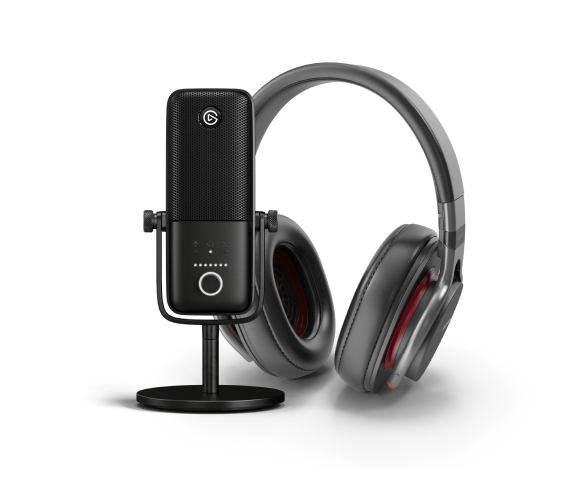Check out our latest blog article: From component to enterprise – modular robotics done right.
Flying Helicopters on Mars with NASA’s Dave Lavery
Dave Lavery, Program Executive for Solar System Exploration at NASA, takes listeners out of this world and on a journey across the surface of Mars. Dave is responsible for building one of the first flying robots on Mars, the Ingenuity Helicopter, which communicates directly with a rover on Mars to survey terrain on the red planet. In this episode, Dave not only talks about what it means to take flight on Mars, but also discusses NASA’s unique partnership with FIRST, an organization engaging kids in robotics.
Visit Dave Lavery on LinkedIn.
Learn more about NASA’s current projects on LinkedIn and the NASA website.
Discover more about FIRST on LinkedIn and the FIRST website.
Connect with Chris Howard on LinkedIn.
Check out Softeq on the Softeq website.
Timecoded Guide:
[00:00] Podcast begins - Flying Helicopters on Mars with NASA’s Dave Lavery
[02:38] Finding the future with NASA Robotics Alliance
[08:50] Working on the Ingenuity Helicopter
[14:28] Technology advancements and flight control on Mars
[22:20] Accessible and affordable space exploration
[24:32] Mentoring the future at FIRST Robotics Competition
You founded the NASA Robotics Alliance. Can you talk about what that is?
Approximately 28 years ago, Dave accidentally stumbled across FIRST when a few kids in his neighborhood asked for assistance with an upcoming robotics competition. At NASA around the same time, Dave and his colleagues had noticed a disturbing lack of upcoming robotics engineers. FIRST provided Dave with a unique opportunity to give back, but also provided NASA with a collaboration opportunity to engage with the next generation.
“Once I got involved in FIRST and saw what the program was doing, I instantly recognized this problem we were concerned about with not having anybody coming up as a next generation of robotics experts for us, this is where those future employees [for NASA] would come from.”
What is it like to work on one of the first flying robots on Mars?
The Ingenuity Helicopter was originally a proof of concept, according to Dave. What NASA wanted to prove was that flight was possible on Mars, but Ingenuity has long-since passed that benchmark and has changed how we can explore the surface of Mars. Using the Perseverance Rover to communicate with the helicopter, Ingenuity doesn’t have to be piloted by an engineer and is instead completely autonomous.
“The Ingenuity Helicopter is the first aircraft that's ever operated beyond Earth. It's the first time [NASA] has ever had to really look at and utilize aerodynamic effects and aerodynamic propulsion as a way to actually move around and navigate on another planetary surface.”
What is behind NASA’s recent shift in approach toward deep space exploration?
Space exploration has become a more accessible and affordable aspect of NASA’s work, Dave explains, especially considering recent interest in commercial launches. Thanks to advances in technology, increased interest from commercial investors, and the rise in artificial intelligence, launches have become more frequent. With more frequency in launches, NASA has further embraced exploring space travel and including new technology like the Ingenuity Helicopter.
“The sort of advances [NASA] has had in technology, specifically in robotics and artificial intelligence technologies over the past couple of decades, that allow us to do remote operations and that’s been a real boost in terms of spacecraft operations and data collection.”
You’ve been a mentor at FIRST for 25 years. What has that experience been like for you?
Mentoring at FIRST has given Dave a chance to see the impact of his work in action. Kids that Dave has helped at FIRST have gone on to be involved in future NASA projects and have found so much success in engineering roles. Additionally, Dave explains that FIRST isn’t just about finding future engineers; it’s also about showing kids that their dream career, whether it’s being an engineer, an astronaut, a journalist, or a designer, is possible and achievable.
“Our goal is not to turn every single student into an engineer. We don't want them all to become the same thing. What we do want is to educate them so that they can be smart shoppers about the academic and, eventually, professional career that they want to pick.”
You maybe interested in:
